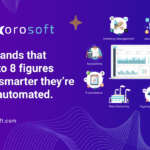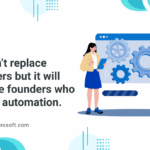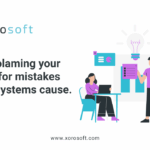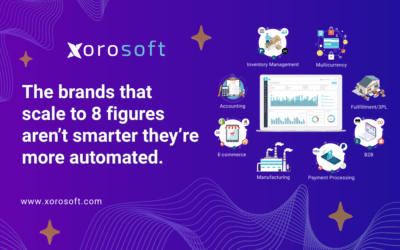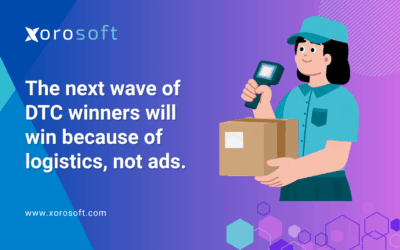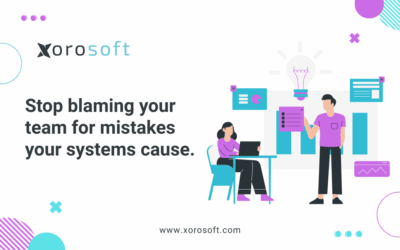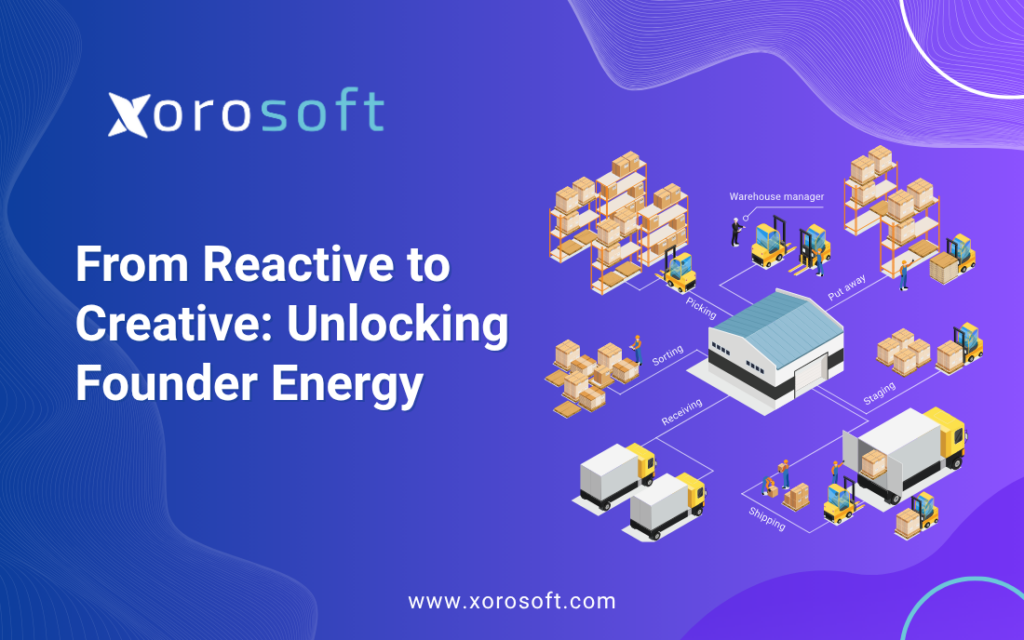
Founder Energy at Risk: Why Growth Starts Feeling Like Grind
Founders talk about founder energy as the creative spark that launches a brand. However, as sales expand across channels, routine operations begin to crowd out that spark. Consequently, what once felt like momentum can start to feel like maintenance.
As your DTC or omnichannel brand scales, you bounce between Shopify dashboards, warehouse spreadsheets, and accounting tools. Meanwhile, you respond to yesterday’s issues instead of shaping tomorrow’s strategy. Because of that swirl, the ideas that used to come easily arrive more slowly. Ultimately, time that should fuel product and brand is spent firefighting.
Where the Energy Leaks Happen Inside the Operation
The drain rarely comes from a single failure. Instead, it builds through small frictions that compound every day.
-
Fragmented data. Shopify, Amazon, accounting, and WMS live in silos; therefore, leaders double-check everything.
-
Constant rework. Outdated pick lists and drifting inventory counts trigger errors; as a result, teams burn hours fixing avoidable issues.
-
Manual approvals. Purchase orders and invoices stall in inboxes; consequently, cash conversion slows.
-
Delayed reporting. By the time margin or stock insights arrive, the week is already gone.
-
Founder as bottleneck. Because the data lacks trust, every decision routes through you; meanwhile, momentum stalls.
In short, you end up working in the business rather than on it. Over time, the noise blocks clarity, and creativity fades.
Real-Time Ops Restore Founder Energy and Decision Flow
The gap between reacting and leading isn’t hustle; it’s system design. When systems sync in real time and share a single source of truth, you stop chasing updates. Instead, you make proactive decisions with confidence.
First, unify sales, inventory, fulfillment, and finance inside one ERP. Next, surface the numbers in a live dashboard. Then, automate routine approvals and warehouse tasks. Consequently, teams align faster, errors drop, and energy returns to high-leverage work. Ultimately, that coherence is what restores founder energy and frees you to create.
Proof in Practice: The Brand That Reclaimed 20 Hours a Week
Mira & Co., a Shopify-based lifestyle brand, reached $5M ARR. Nevertheless, fulfillment chaos blocked the next stage of growth.
Before
-
Orders took 8 hours to sync from Shopify to the warehouse.
-
Every purchase order required manual approval.
-
Inventory counts drifted 10–15% from reality.
After adopting Xorosoft ERP
-
Orders and pick lists synced instantly.
-
Approvals ran automatically via workflow rules.
-
Inventory accuracy reached 100% across channels.
Results
-
Pick accuracy: 99.2%
-
Order cycle time: 42% faster
-
Cash conversion: 23% improvement
-
Founder time regained: 20 hours/week for strategy and product
Therefore, once systems ran smoothly, creative momentum returned. In fact, the founder didn’t just save time—they reclaimed the leadership role they set out to play.
Seven Practical Moves That Put Energy Back on Your Calendar
Below is a concrete playbook. Each step states a goal, an action, and a metric, so progress becomes visible and durable.
1. Eliminate Fulfillment Errors at the Source
Goal: Improve pick accuracy
Action: Automate ERP-driven, mobile pick lists with live inventory
Metric: 98%+ pick accuracy in 30 days
Therefore, the floor stops guessing and starts executing.
2. Shrink the Order Cycle Without Extra Headcount
Goal: Reduce order cycle time
Action: Sync Shopify, Amazon, and WMS in real time
Metric: 40% faster processing
As a result, customers receive orders sooner and support tickets drop.
3. Turn Approvals Into a Background Process
Goal: Optimize cash conversion
Action: Automate PO and invoice approvals with rules and thresholds
Metric: 25% improvement in DSO
Consequently, working capital returns to growth initiatives faster.
4. Put One Version of the Truth on Every Screen
Goal: Centralize business reporting
Action: Use one ERP dashboard for sales, inventory, and finance
Metric: 100% real-time visibility
Furthermore, the team aligns on the same numbers and decisions speed up.
5. Stop Typing the Same Data Twice
Goal: Reduce duplicate entry
Action: Integrate ERP with accounting for automatic sync
Metric: Save 10+ hours per week
In turn, ops shifts attention to forecasting and channel expansion.
6. Prevent Stockouts Without Overbuying
Goal: Maintain availability during peaks
Action: Automate reorder points based on demand and lead times
Metric: 0% stockouts in peak season
Meanwhile, safety stock levels stay lean, protecting cash.
7. Connect Performance Directly to Profit
Goal: Align operations and finance
Action: Share live dashboards with shared KPIs and alerts
Metric: Instant ROI tracking and faster cross-team decisions
Ultimately, accountability becomes cultural, not just procedural.
A One-Week Reset That Creates Visible Momentum
Change does not require a big-bang project. Instead, take one week and build compounding wins.
Day 1–2: Map systems, handoffs, and manual touchpoints. Then mark every recurring fire.
Day 3: Prioritize two issues that cost the most time or cash; for example, delayed pick lists and invoice approvals.
Day 4: Connect ecommerce, WMS, and accounting into a single ERP dashboard. Consequently, leaders review the same live numbers.
Day 5: Automate one approval workflow end-to-end. Afterward, confirm who gets notified, when, and why.
Day 6: Set automated reorders on your top 20 SKUs; meanwhile, verify lead times and vendor SLAs.
Day 7: Review pick accuracy, order cycle time, and cash conversion. Finally, publish a short internal note showing the lift to reinforce the change.
By the end of the week, you’ll notice fewer interruptions, clearer data, and more time to think.
What Founders Ask When They’re Ready to Fix Ops
What is founder energy, practically?
It’s the creative and strategic capacity that drives brand growth. When ops dominate the calendar, that capacity drops; however, coherent systems bring it back.
How exactly does ERP restore productivity?
By unifying data, automating routine work, and surfacing real-time insights. Therefore, leaders make faster, better decisions with fewer errors.
Is ERP too technical for a small team?
Not anymore. Xorosoft ERP is cloud-native and integrates directly with Shopify and Amazon; moreover, non-technical teams can run it confidently.
When do results show up?
Most brands see measurable gains—shorter order cycles and cleaner cash conversion—within 30 days. Consequently, founders quickly shift time back to growth.
Put Founder Energy Back Where It Belongs
Growth should energize your week, not drain it. With Xorosoft ERP, operations finally support creativity instead of consuming it. Therefore, you can invest attention where it truly matters: brand, product, and partnerships.
In the end, when systems run in harmony, focus returns, ideas flow, and founder energy becomes your advantage again.
